
Areca Palm Guide
A palm plant is the best way to bring the tropics inside. Although areca palms only grow indoors because they have a limited outdoor range, if you start looking for them, you'll spot them in interiors everywhere—from workplaces to malls. Areca palms are readily available, simple to maintain, and even assist in removing some air pollutants thanks to their lush foliage. It makes sense why they're well-liked. Here are the fundamentals if you're prepared to grow your own.
Plant Overview
The Areca palm (Dypsis lutescens) is one of the most popular palms in the world's home gardening community. Although these palms were originally from the island of Madagascar, they gradually spread to other parts of the globe.
Very well suited for light-coloured rooms, these low-maintenance plants quickly become the centre of attention with their fluffy fronds that softly sway in the breeze and bring back memories of your favourite tropical getaway.
Common Names:
-
Areca palm
-
Bamboo palm
-
Golden cane palm
-
Yellow palm
Botanical Name:
-
Dypsis lutescens
Family:
-
Arecaceae
The Symbolism & Meaning of Areca Palm Plants
One of the best palms for cleaning the air is the areca palm. The areca palm is utilised in Feng Shui to purify the air and bring luck. It fills up big spaces because it is a big indoor plant.
Care
Light:
These plants can withstand full daylight indoors but prefer bright, filtered sunshine outdoors. With exposure to bright light from a south or west-facing window, areca palms flourish indoors.
Water:
Like many other palms, areca palms prefer moist soil, but they are delicate to overwatering and cannot stand in a potting mix inundated with water. So, between waterings, let the soil or potting mix get dry. Use distilled water or rainwater collection to water these palm plants instead of hard water because they are sensitive to fluoride.
Soil:
A well-draining, peat-based potting mix is ideal for indoor plants in pots. The soil for outdoor specimens is rich, somewhat acidic, and has excellent drainage. It could be essential to amend with sand and peat moss to increase soil porosity and reduce pH.
Note:
Too much water can cause root rot and other issues, so the soil should be able to retain moisture without being flooded. You can accomplish this by including vermiculite or coir in the soil mixture.
Temperature and Humidity:
This plant thrives in temperatures of 65 to 75 degrees Fahrenheit indoors or out. In areas where the outside temperature doesn't go below roughly 50 degrees Fahrenheit, it will thrive when planted in the garden.
Keep indoor plants far from heat sources, air conditioners, and chilly windows. Aside from that, if you keep potted plants outside in the summer, bring them inside before it gets colder than 50 degrees Fahrenheit. The leaves may get dark patches as a result of sudden freezing bursts.
High humidity is necessary to maintain an areca palm's optimum appearance. The plant will adjust to the typical indoor humidity level. However, it is for the leaf tips to become brown if the air is dry.
Fertiliser
In the spring, fertilise areca palm trees with a time-release fertiliser. The majority of the nutrients the plant requires for the season by doing this. In the summer, a micronutrient spray on the fronds. For this, you can use a liquid micronutrient-rich houseplant fertiliser. As long as the substance is safe for foliar feedings, follow the label's directions for dilution. During the autumn and winter, avoid feeding areca palm plants.
Potting and Repotting:
Areca palms prefer a slightly congested pot with lots of drainage holes, and crowded roots will help keep the palm's size under control for growing as a houseplant. To update the potting mix and eliminate salt deposits from fertiliser accumulated in the container, it's still best to repot the plant every other year. If the palm's root ball still fits snugly in the pot, utilise it. If not, go up a container size. The palm should be re-planted at the same depth as the first time.
Pruning an Areca Palm: Techniques
Areca palms don't need a lot of pruning and require little upkeep. You can prune any yellow or brown fronds with a pair of shears or your hands if you see any.
Propagation:
Although it take a while for the seedlings to develop into adult Areca palms, seed-propagation of Areca plants is still the best method. It takes a month for the Areca palm's seeds to sprout. After two to three months, the plant reaches a height of 5 to 6 inches, and it takes years to reach maturity. Let's talk about how seeds spread your Areca palm!
- Gather the higher-quality seeds to get the process going. They typically have a brownish, orange, or green hue. Young seedlings that are green take longer to germinate.
- It is preferable to plant the seeds in a seed-starting soil mixture.
- In the soil mixture, plant the seeds 1 inch deep.
- When seeds get planted, the soil should be moist.
- Put the pot in a location that receives plenty of indirect light.
- Keep the interior at 70 to 80 degrees Fahrenheit.
- A little Areca palm will emerge from the ground after one month under good care.
Toxicity
Areca palms are common houseplants because of their capacity to filter the air. Pet owners might worry about the safety of their furry pals around this plant.
Your pet won't suffer any harm if it consumes any plant material. It's crucial to remember that if pets consume enormous quantities of areca palms, they could still experience gastrointestinal discomfort.
Moderate symptoms of vomiting, diarrhoea, and appetite loss may appear in your pet if it does consume a significant amount of the areca palm. If your pet drinks enough water and gets plenty of rest, these symptoms vanish in a day or two. However, you should call your veterinarian if the symptoms are more severe or last for more than a day or two.
Typical Pests & Plant Illnesses:
- Pests and illnesses don't pose a significant threat to areca palms. Lethal yellowing, an insect-transmitted bacterial problem that kills fronds and eventually the entire palm, can occasionally infect a palm.
- Areca palms grown indoors are susceptible to common houseplant pests such as mites, aphids, mealybugs, scales, and whiteflies, which can harm and discolour the leaf.
- Brown tips are a sign of inconsistent irrigation. Put the watering regularly so the plant doesn't have moist and dry spells.
- Overwatering manifests itself in blackening stems. Remove your plants from their pots and wash the roots to look for decaying roots.
- A strong fungicide or cleaning the leaves with a soap solution might assist. A brown bulge on foliage indicates a scale problem.If your plant's leaves are twisted or deformed, move them to a place with more light.
- Mealybugs are the source of the white cottony deposits, cleansed with a soap solution before being sprayed with a neem oil solution.
- Pink stems indicate overwatering-related decay. Keep an eye out for root rot and water wisely.
- Yellowing areca palm leaves may indicate a lack of nitrogen or insufficient light. Brown patches, however, are a symptom of potassium shortage.

Conclusion
A large palm that grows well inside is the areca palm. Because it can be particular about the care you give it, it's not the best plant for novices. You can still take care of it even if you're starting because it lets you know when it's unhappy. Any room in your home will look like a tropical paradise with the help of this plant!
FAQ’s
Is the Areca Palm a lucky tree?
Yes. The areca palm is lucky in Feng Shui. So bring this beautiful palm into your home or business if you need luck in your personal or professional life.
Is it okay to have an Areca palm in my bedroom?
An areca palm can be kept in your bedroom, yes. Your plant will thrive in a space receiving lots of bright, indirect light. Having an areca palm plant in your room may improve your health because the plants filter the air.
How quickly do areca palm trees grow?
Both indoors and out, the areca palm grows at a slow to moderate rate. The mature height of this plant can reach ten feet indoors and up to 35 feet outdoors.
What type of soil is ideal for Areca palms?
Use a soil mixture that drains excess moisture rapidly and retains a certain amount for a few days because the Areca Palm like to be watered when the top of the soil is dry.





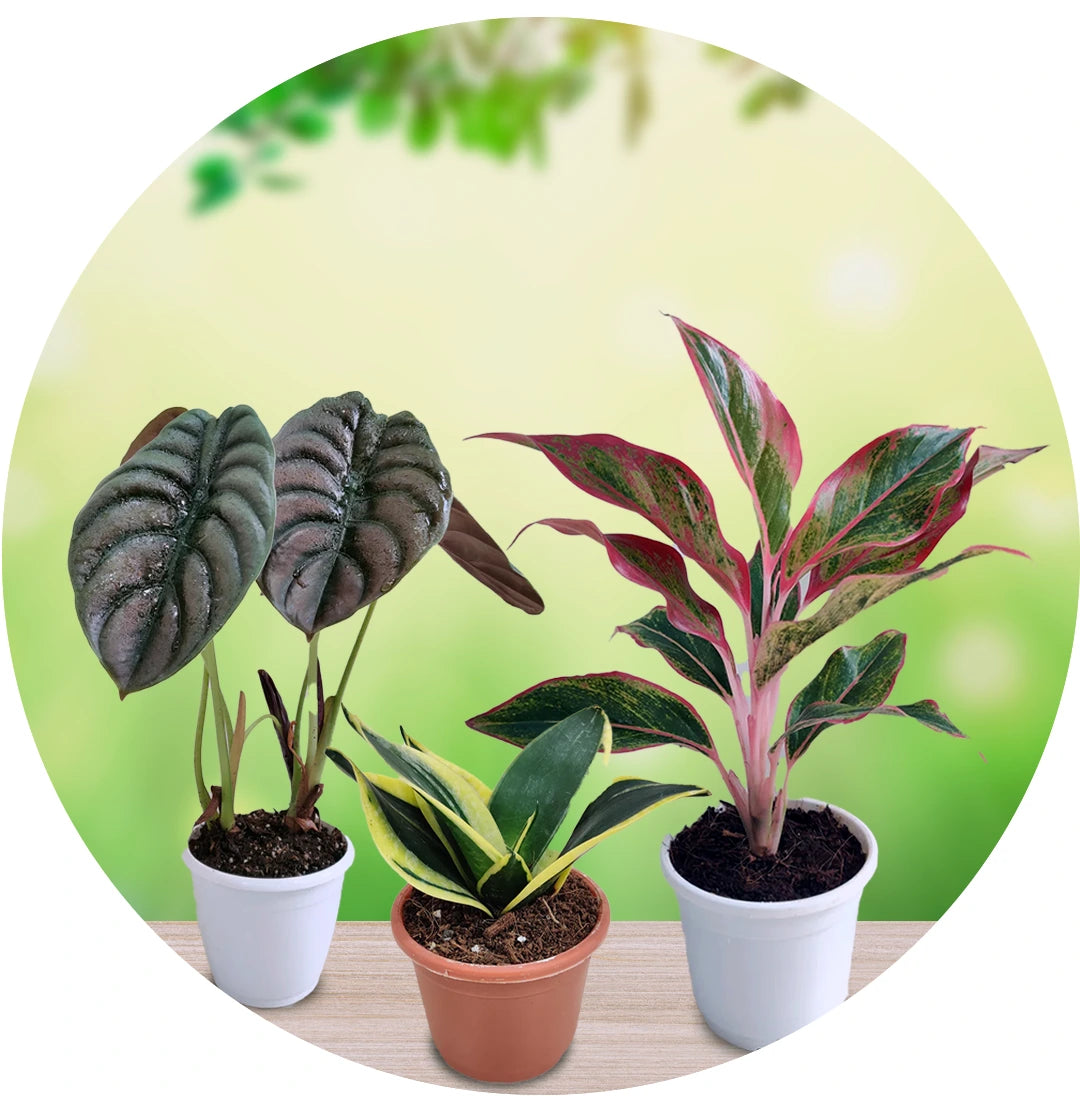
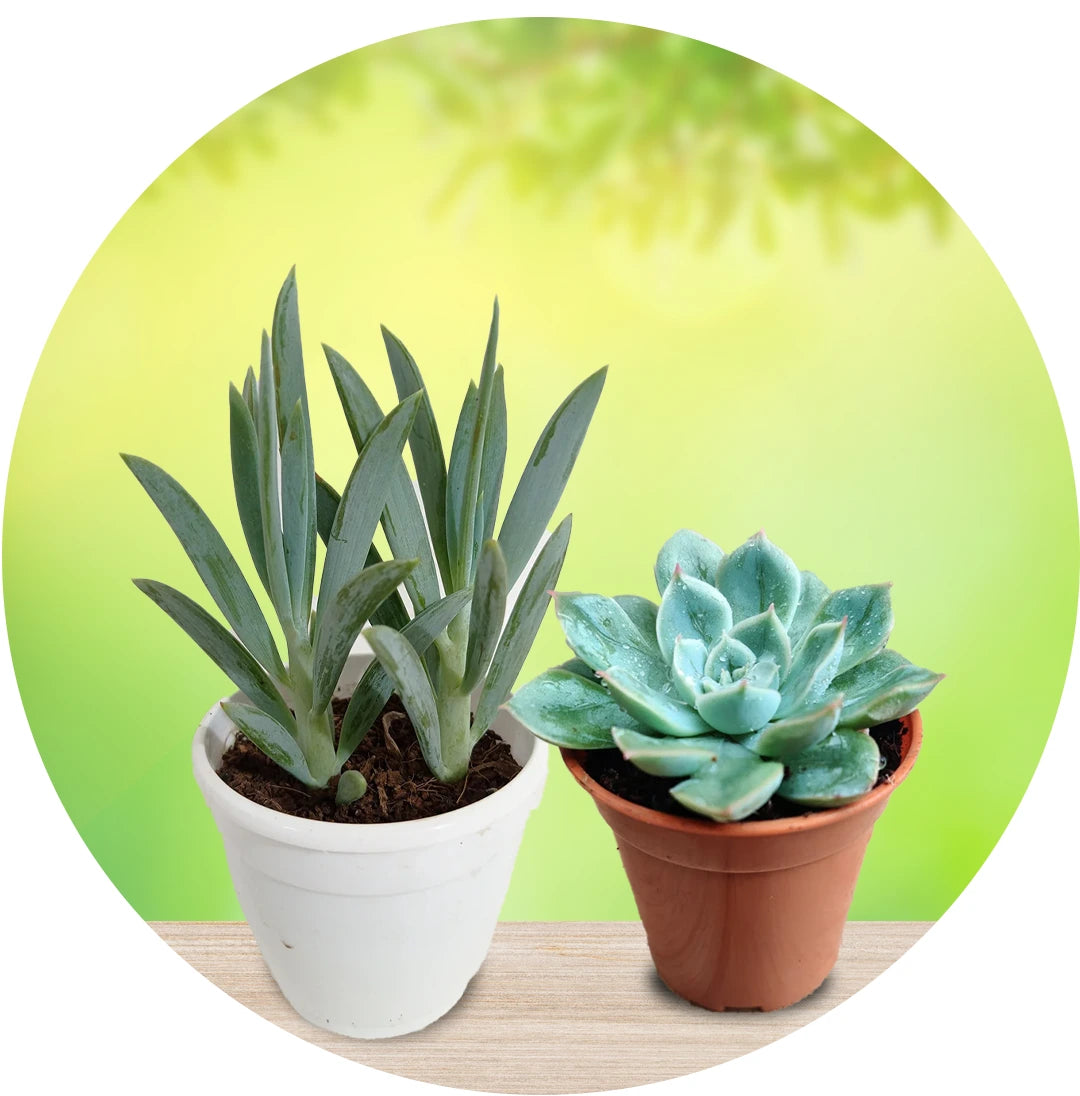
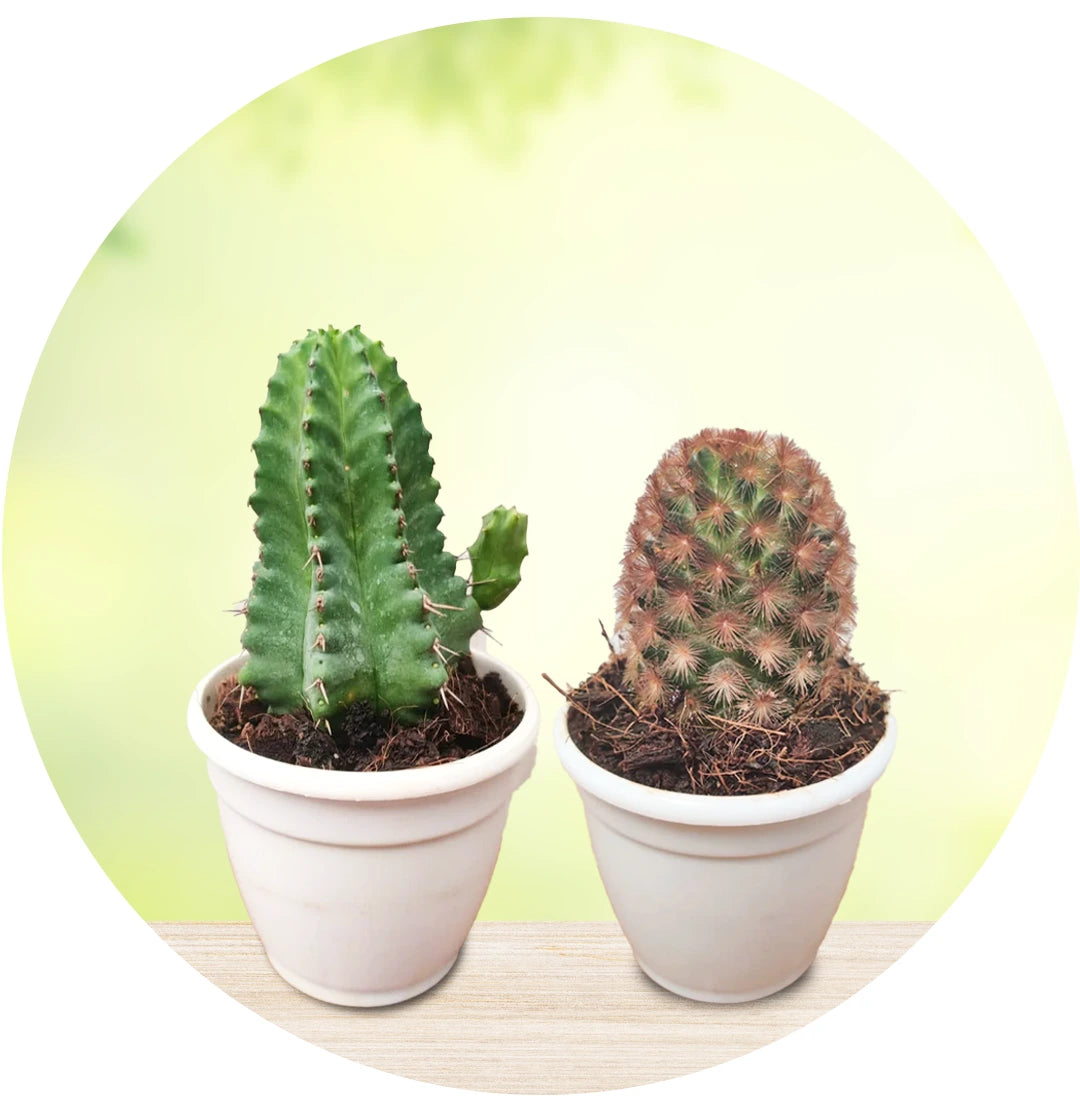
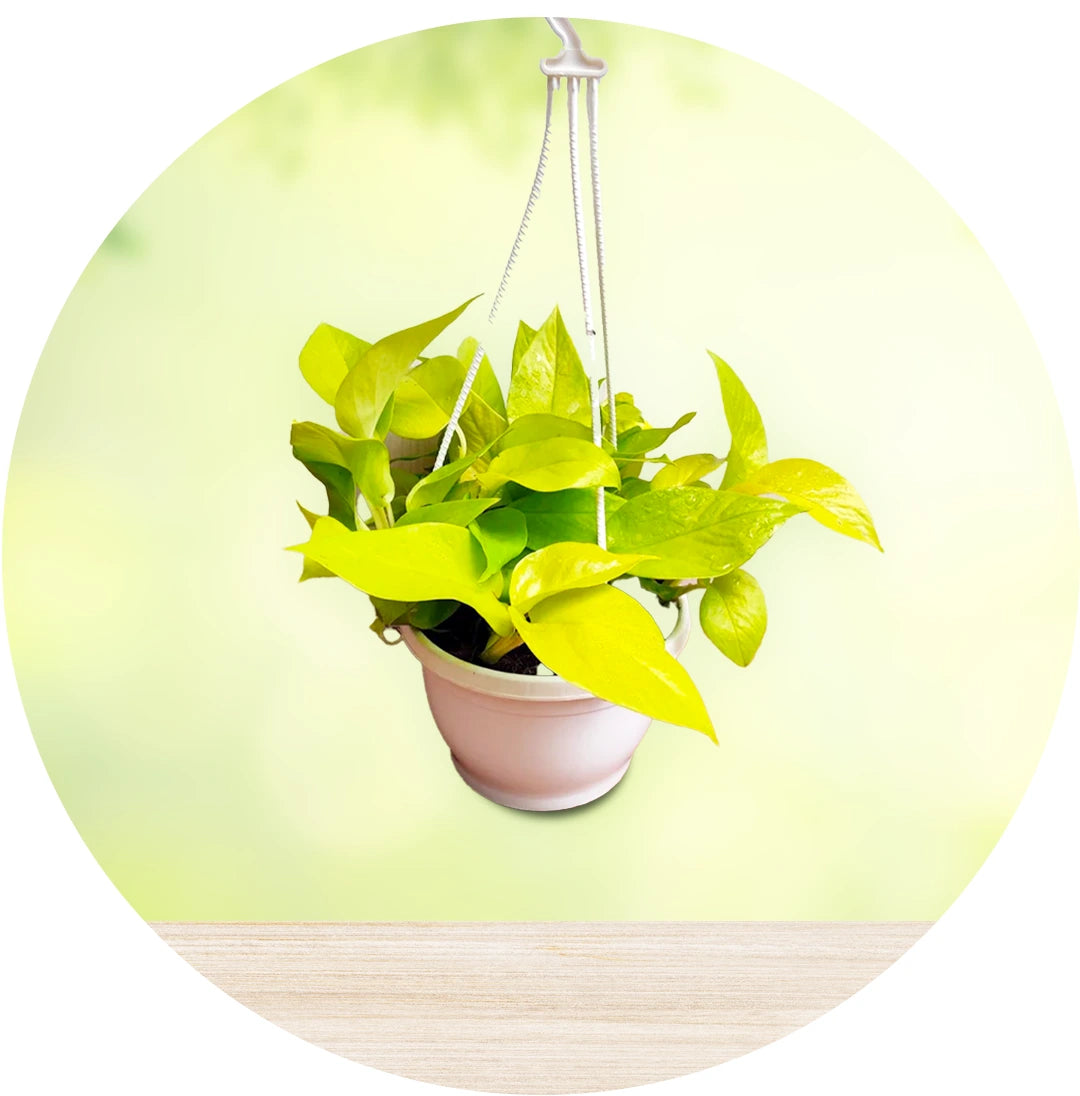
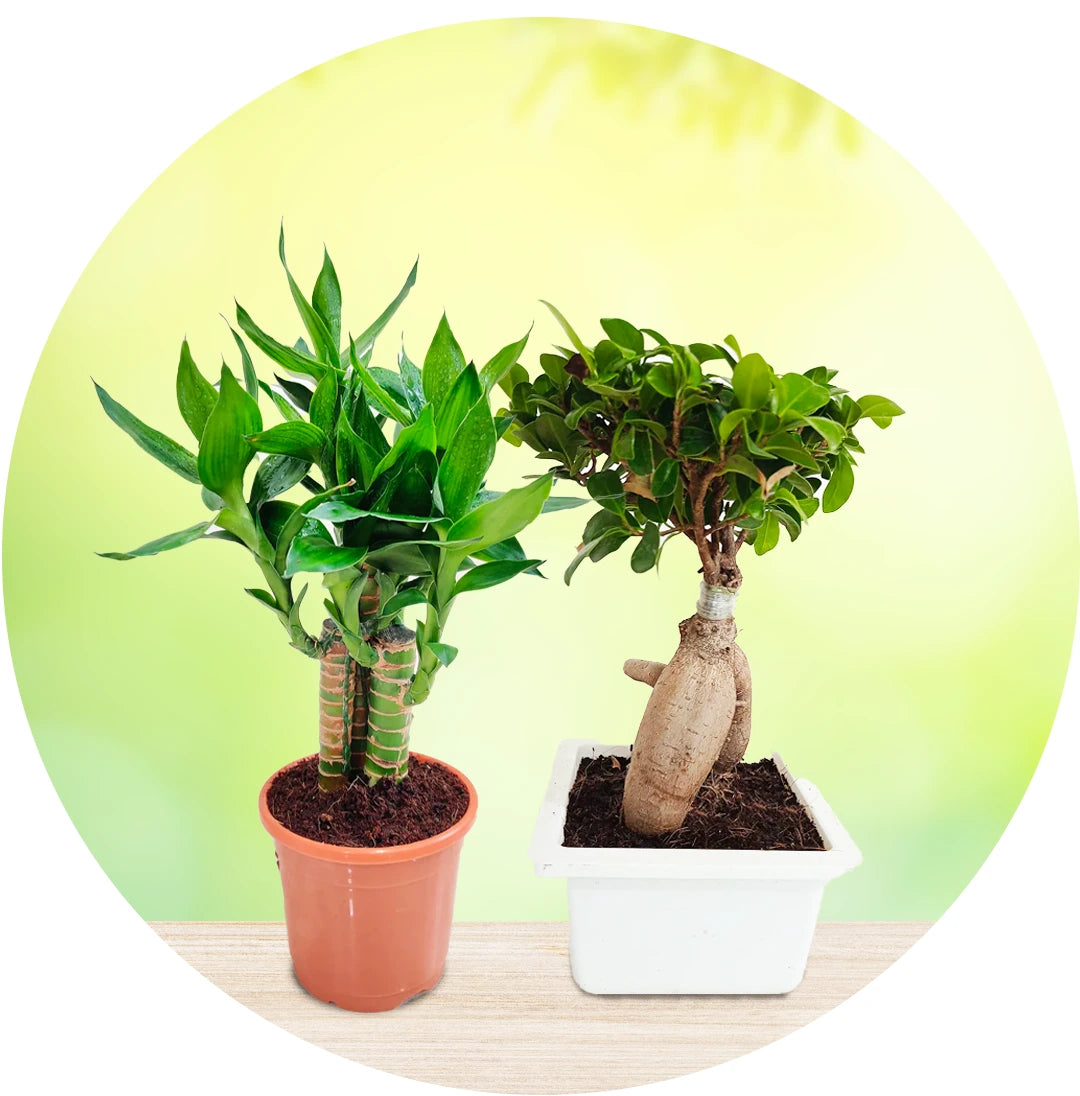
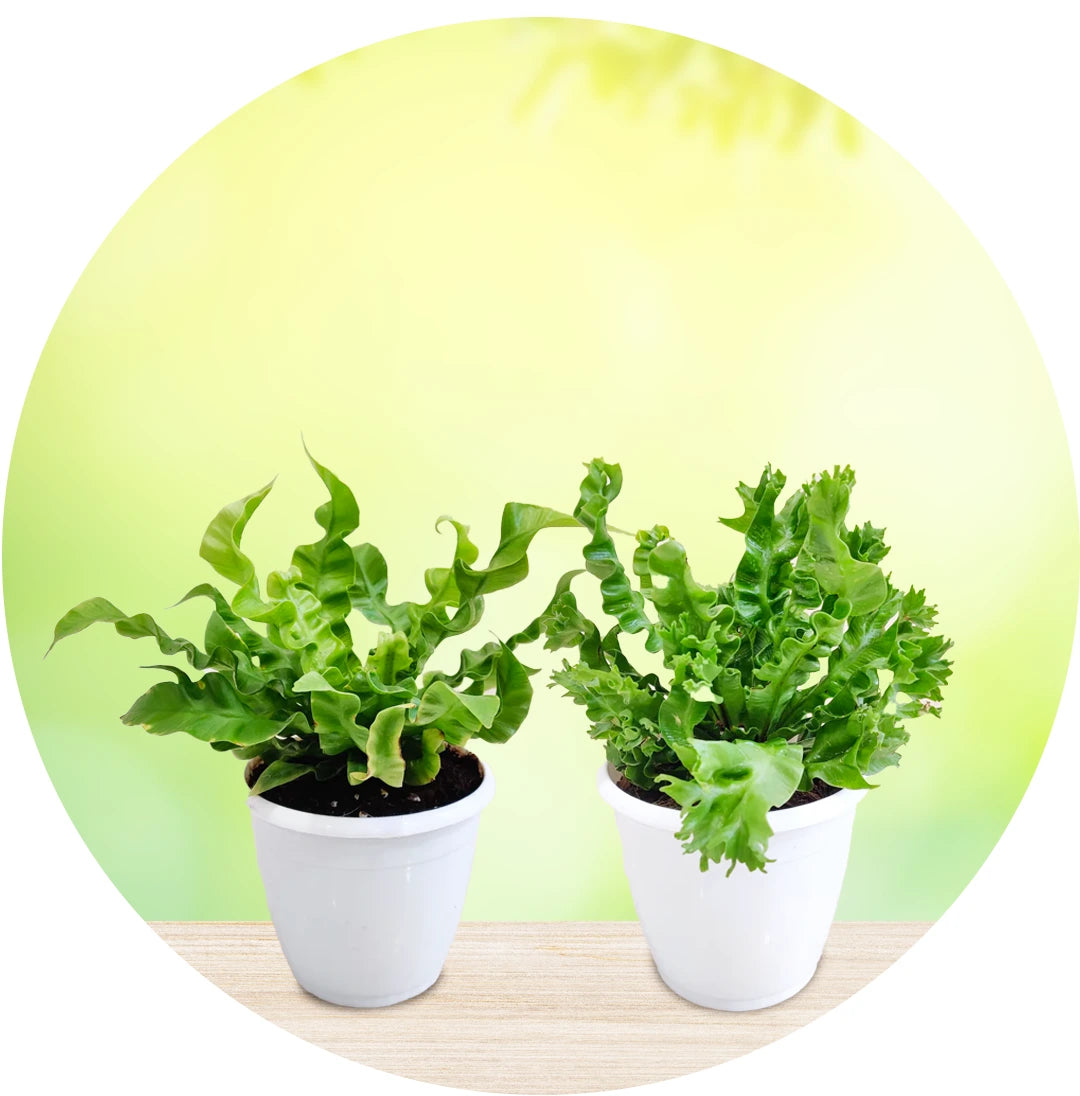
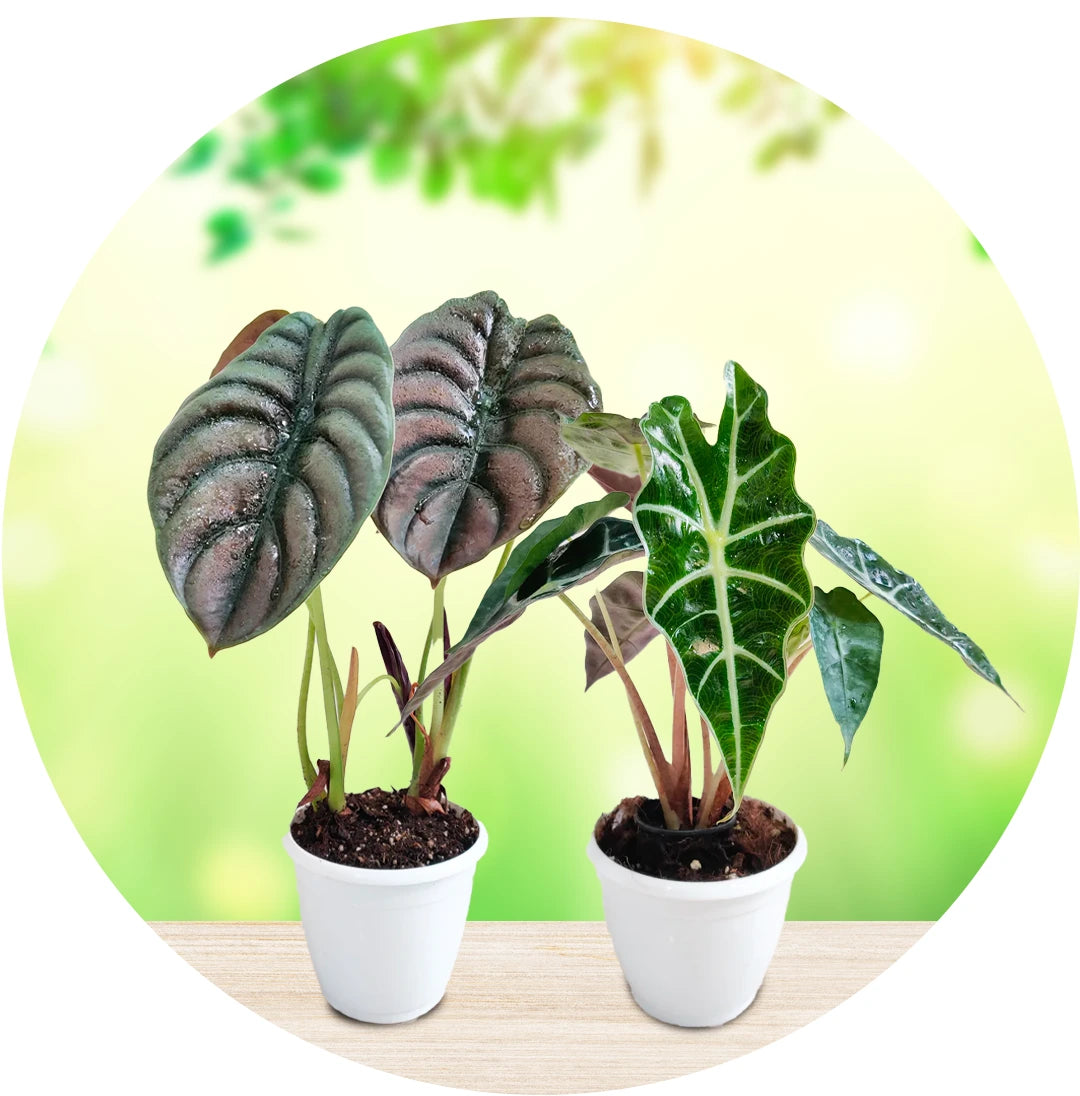
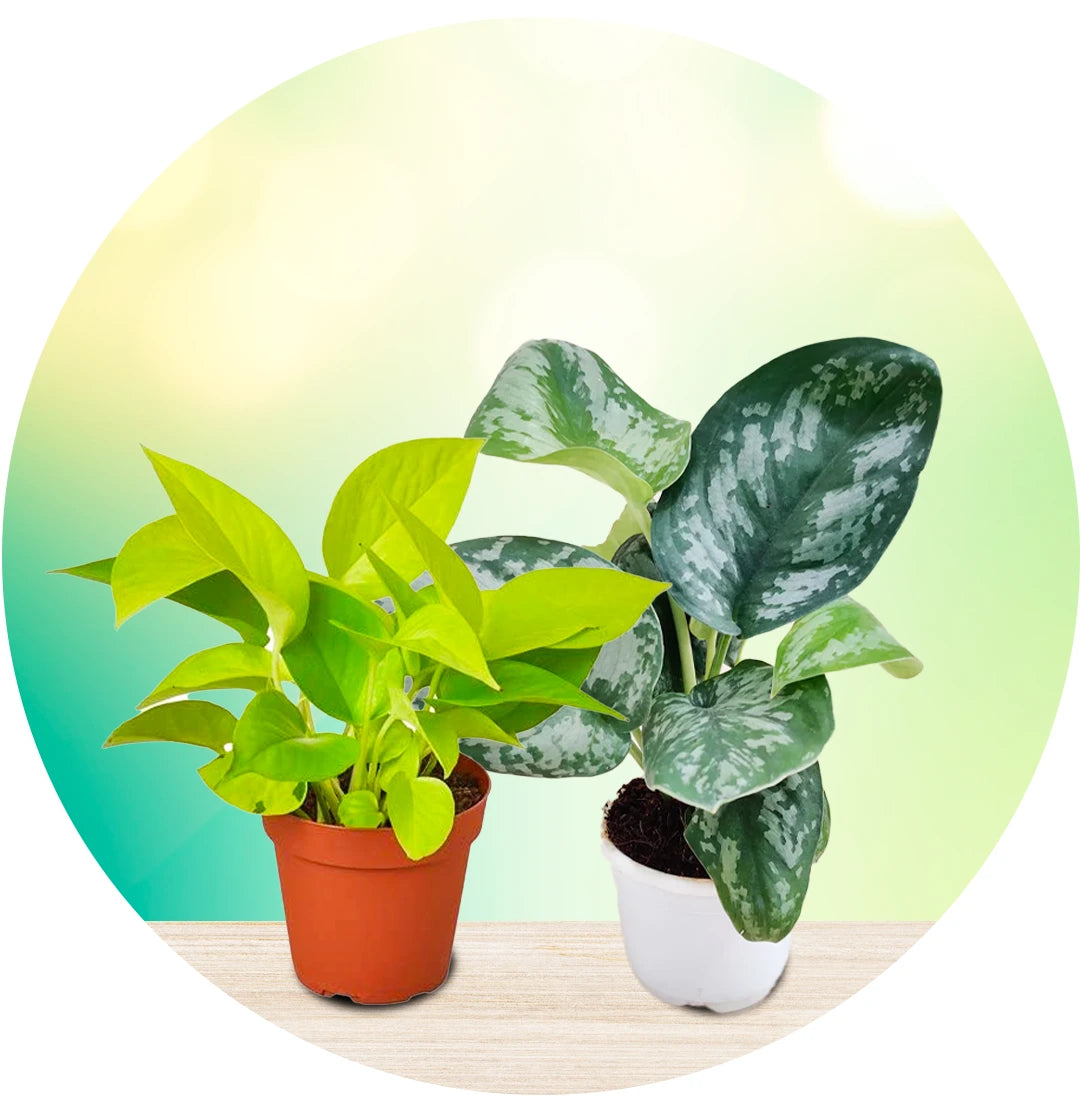
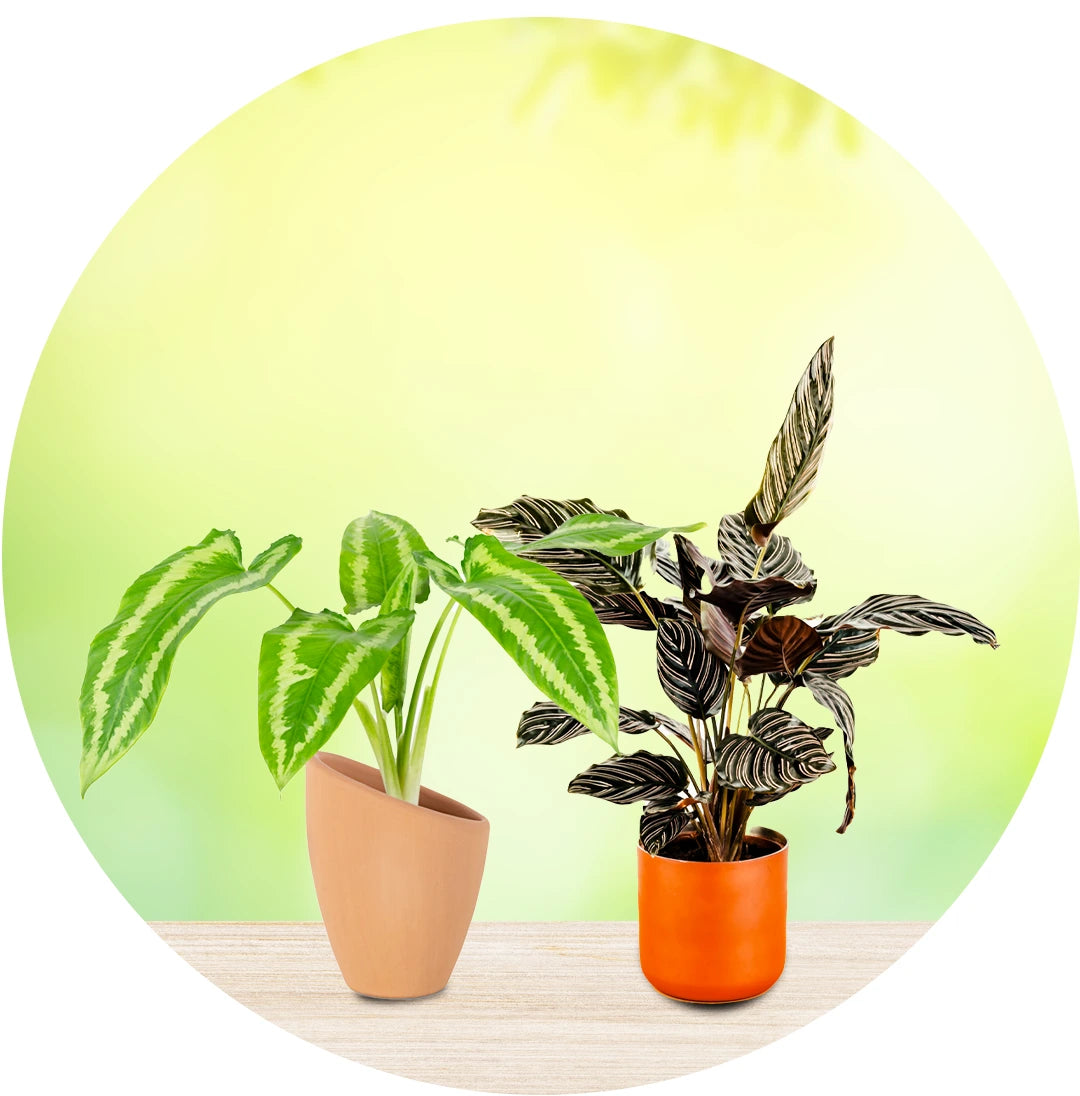
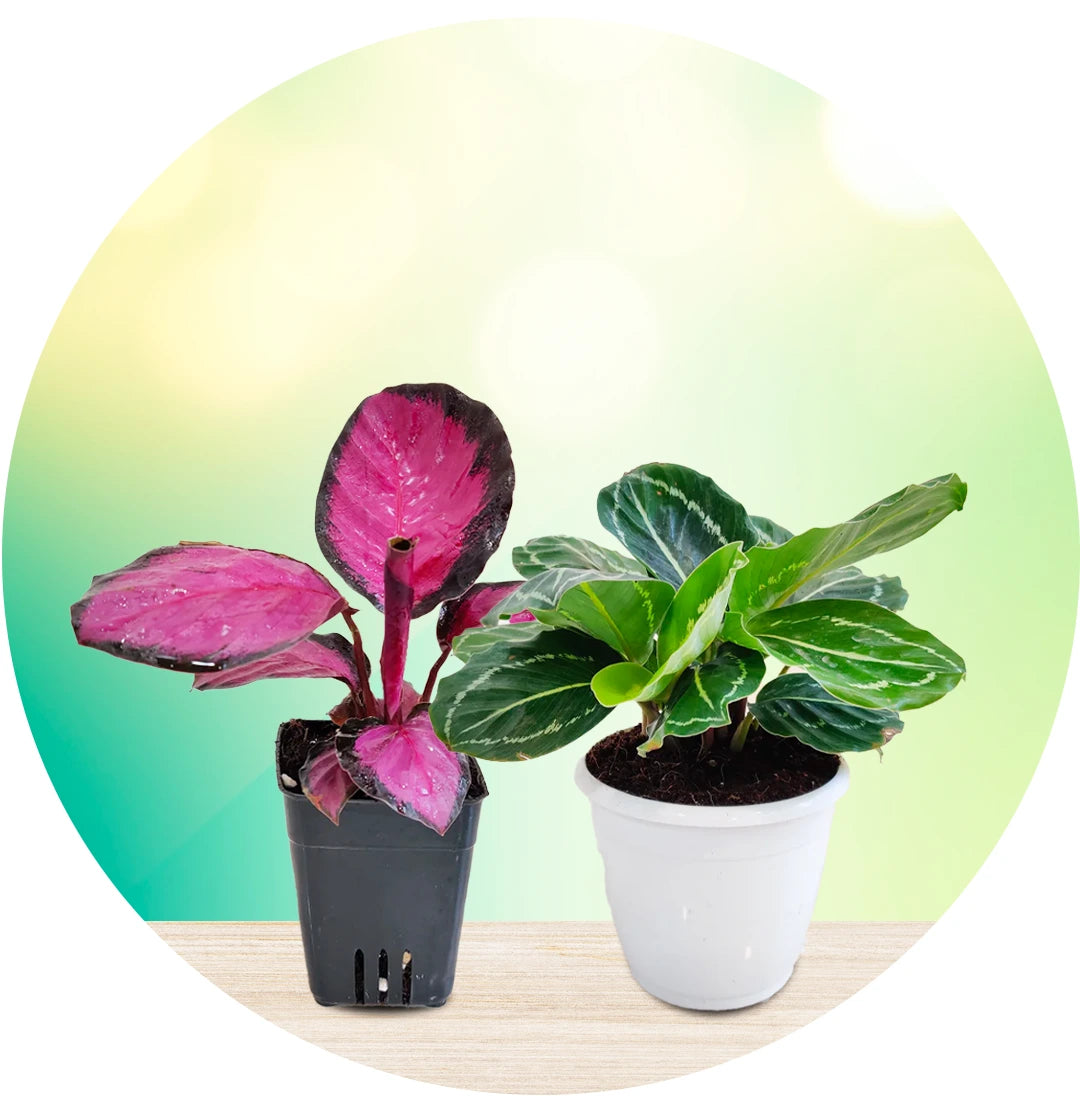
Leave a comment